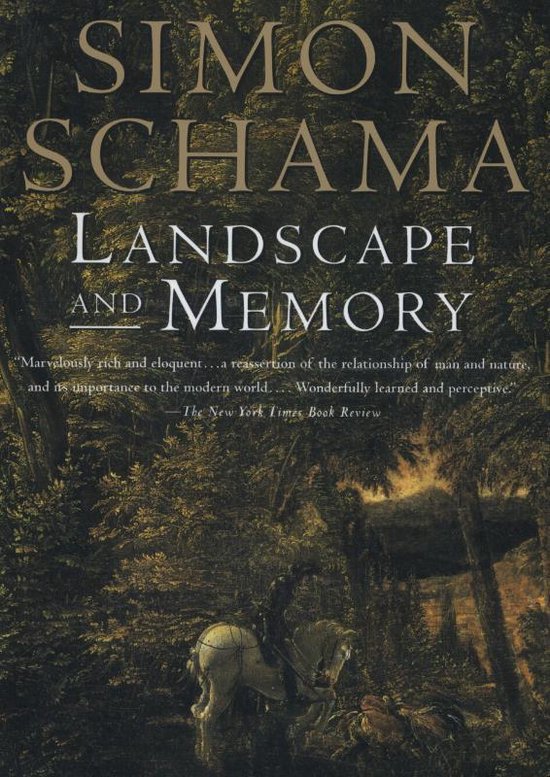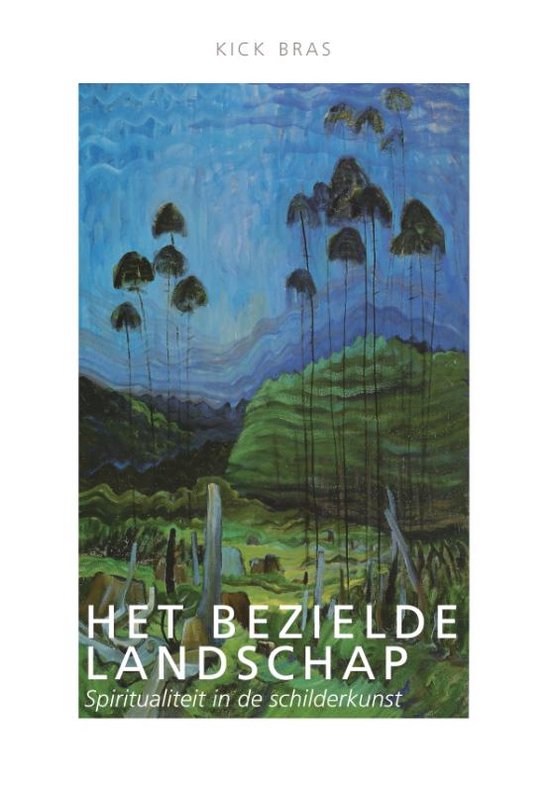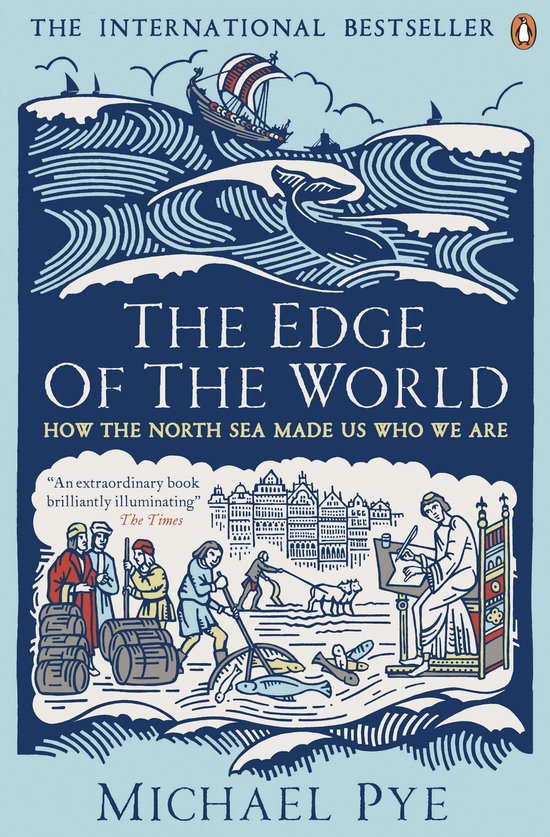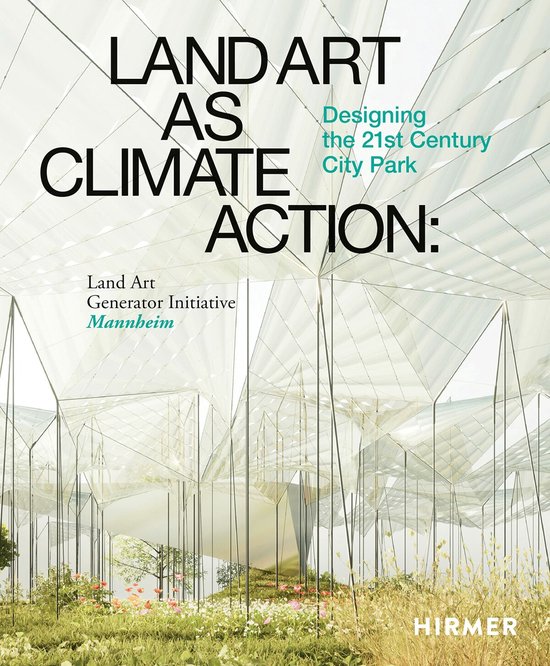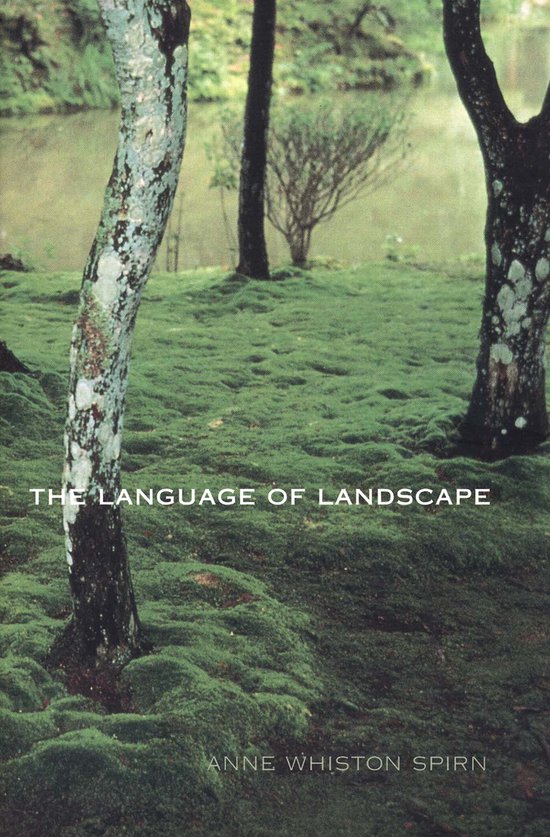
Language Of Landscape
This study suggests that the language of landscape exists with its own syntax, grammar, and metaphors, and that we imperil ourselves by failing to learn and speak this language. Spirn examines urban, rural and natural landscapes, and discusses the thought of renowned landscape authors.
This eloquent and powerful book combines poetry and pragmatism to teach the language of landscape. Anne Whiston Spirn, author of the award-winning The Granite Garden: Urban Nature and Human Design, argues that the language of landscape exists with its own syntax, grammar, and metaphors, and that we imperil ourselves by failing to learn to read and speak this language. To understand the meanings of landscape, our habitat, is to see the world differently and to enable ourselves to avoid profound aesthetic and environmental mistakes.
Offering examples that range across thousands of years and five continents, Spirn examines urban, rural, and natural landscapes. She discusses the thought of renowned landscape authors—Thomas Jefferson, Frank Lloyd Wright, Frederick Law Olmsted, Lawrence Halprin—and of less well known pioneers, including Australian architect Glenn Murcutt and Danish landscape artist C. Th. Sørensen. She discusses instances of great landscape designers using landscape fluently, masterfully, and sometimes cynically. And, in a probing analysis of the many meanings of landscape, Spirn shows how one person’s ideal landscape may be another’s nightmare, how Utopian landscapes can be dark. There is danger when we lose the connection between a place and our understanding of it, Spirn warns, and she calls for change in the way we shape our environment, based on the notions of nature as a set of ideas and landscape as the expression of action and ideas in place.
This eloquent and powerful book combines poetry and pragmatism to teach the language of landscape. Anne Whiston Spirn, author of the award-winning The Granite Garden: Urban Nature and Human Design, argues that the language of landscape exists with its own syntax, grammar, and metaphors, and that we imperil ourselves by failing to learn to read and speak this language. To understand the meanings of landscape, our habitat, is to see the world differently and to enable ourselves to avoid profound aesthetic and environmental mistakes.
Offering examples that range across thousands of years and five continents, Spirn examines urban, rural, and natural landscapes. She discusses the thought of renowned landscape authors—Thomas Jefferson, Frank Lloyd Wright, Frederick Law Olmsted, Lawrence Halprin—and of less well known pioneers, including Australian architect Glenn Murcutt and Danish landscape artist C. Th. Sørensen. She discusses instances of great landscape designers using landscape fluently, masterfully, and sometimes cynically. And, in a probing analysis of the many meanings of landscape, Spirn shows how one person’s ideal landscape may be another’s nightmare, how Utopian landscapes can be dark. There is danger when we lose the connection between a place and our understanding of it, Spirn warns, and she calls for change in the way we shape our environment, based on the notions of nature as a set of ideas and landscape as the expression of action and ideas in place.
| Auteur | | Anne Spirn |
| Taal | | Engels |
| Type | | Paperback |
| Categorie | | Mens & Maatschappij |

